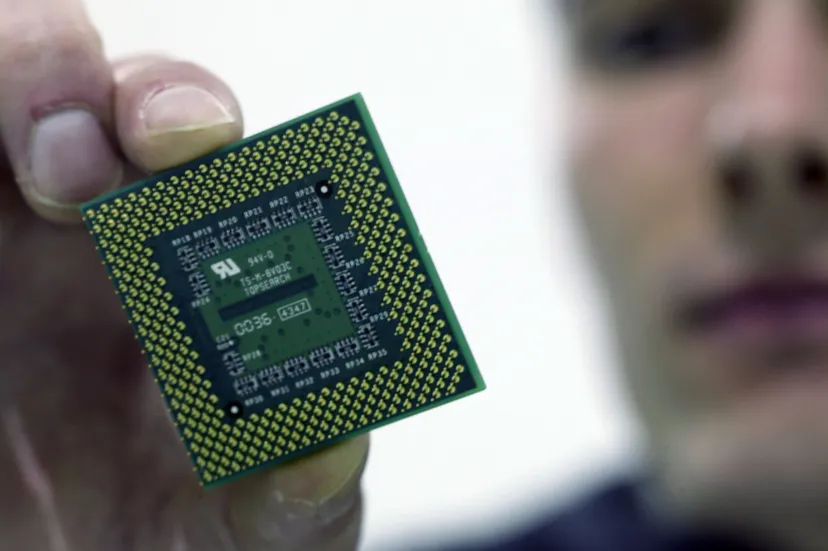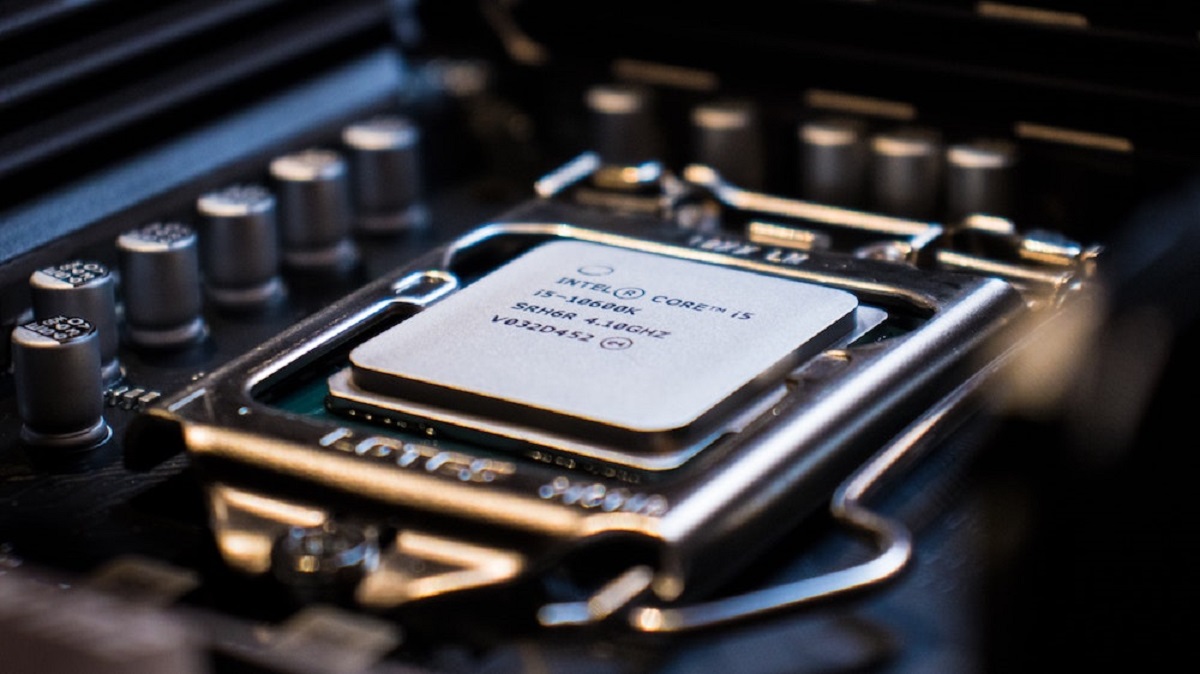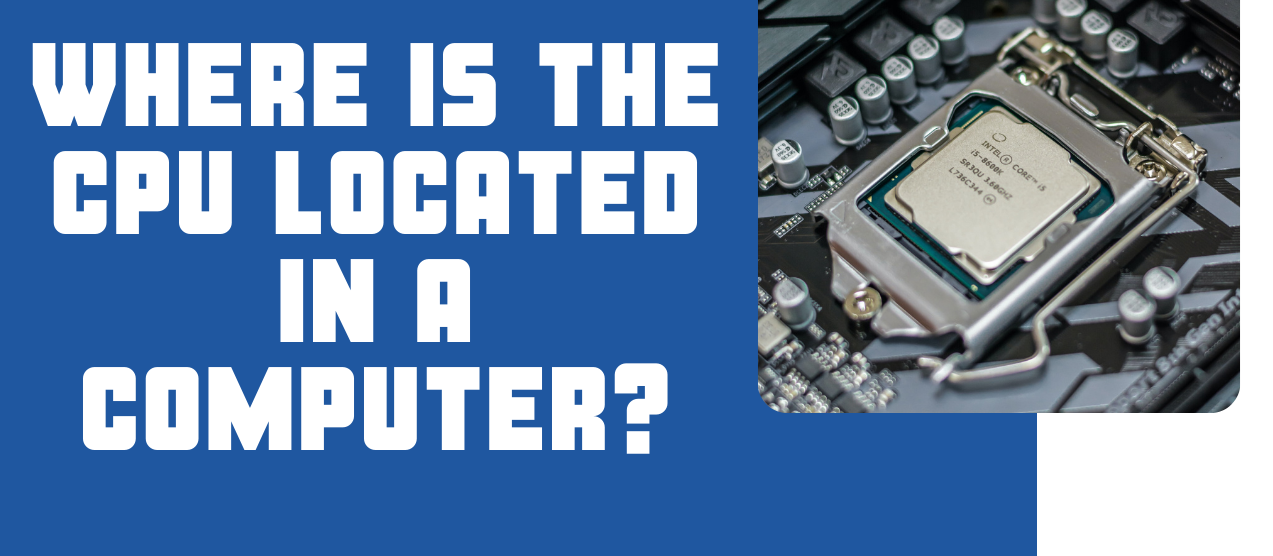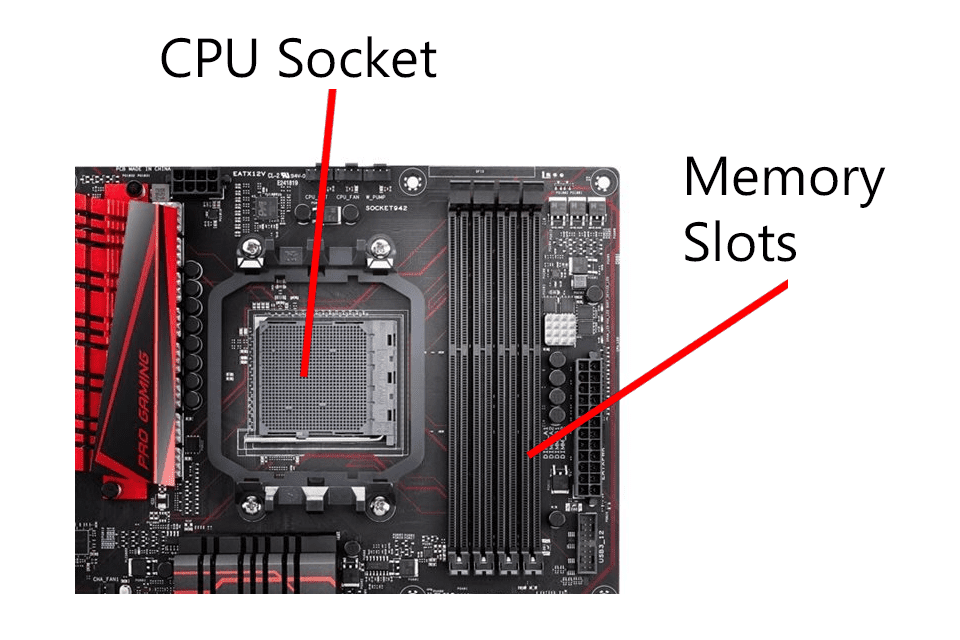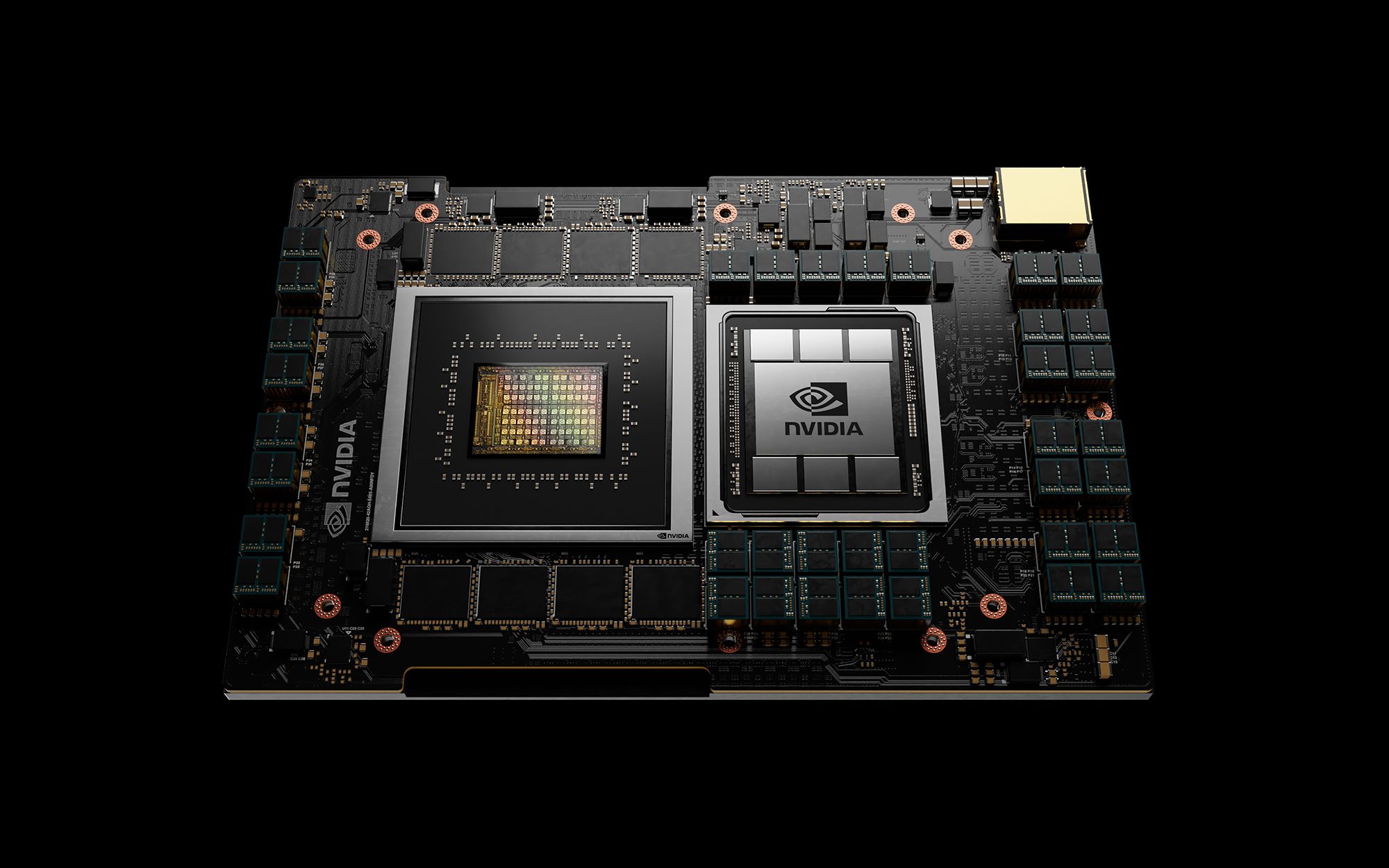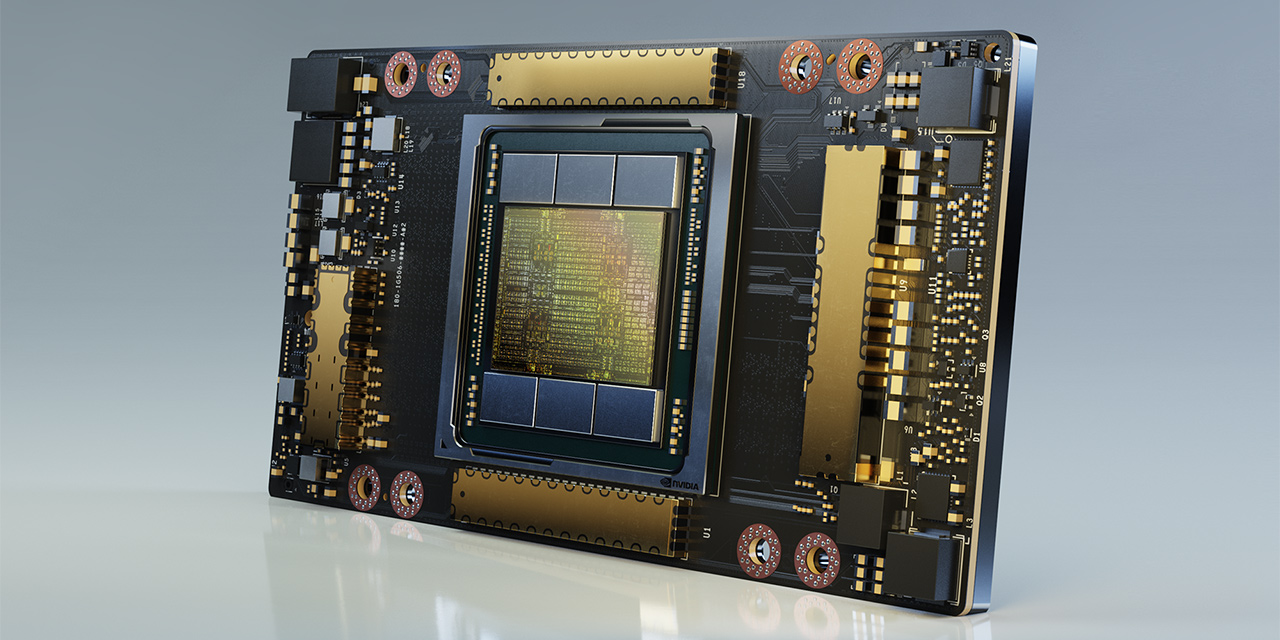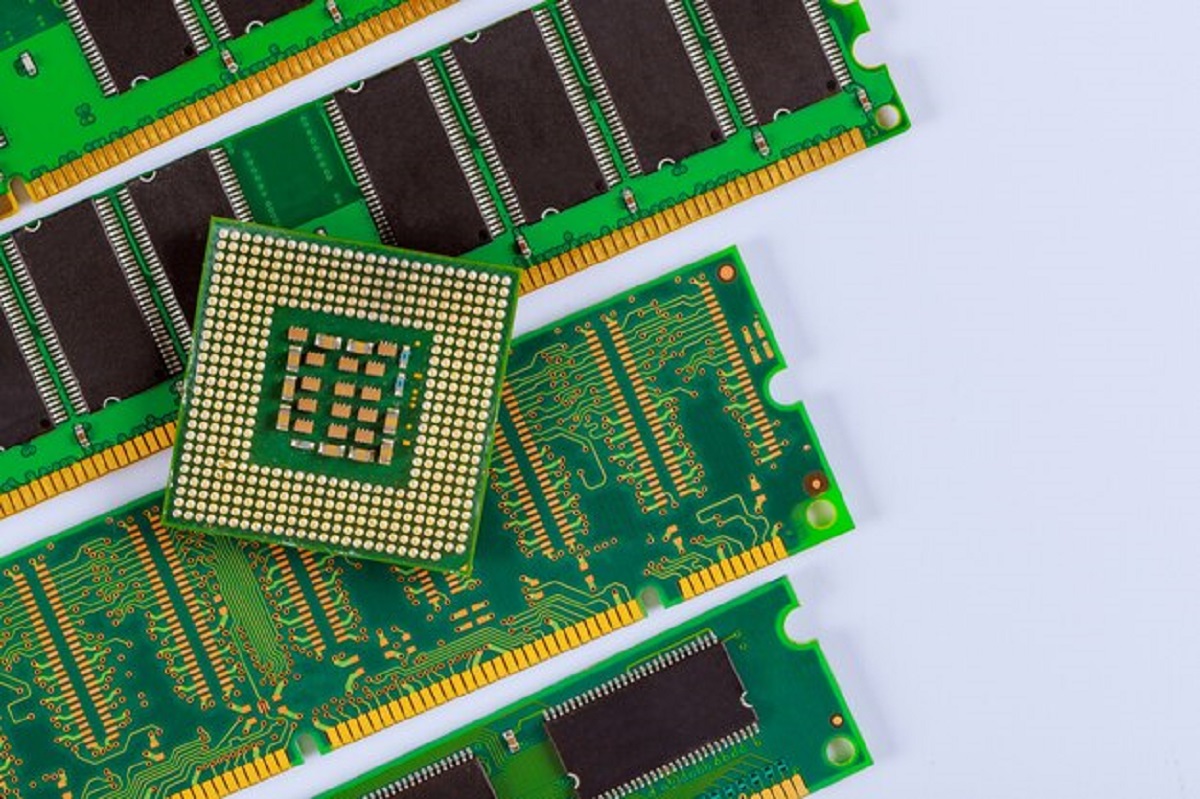Introduction
The Central Processing Unit (CPU) is the heart and brain of a computer system. It carries out all the necessary calculations and operations that enable the computer to perform various tasks. Within the CPU, there is a specific component designed to handle mathematical operations, known as the Arithmetic Logic Unit (ALU).
The ALU is responsible for performing the fundamental arithmetic and logical operations required by the computer. It is a crucial part of the CPU, alongside other components such as the control unit and registers.
In this article, we will delve into the concept of the ALU and explore its various functions in more detail. From addition to bitwise operations and comparisons, we will discuss how the ALU executes these mathematical operations efficiently and accurately.
Understanding the role and capabilities of the ALU is key to comprehending how a computer performs complex calculations and processes data. So, let’s delve deeper into the world of the Arithmetic Logic Unit and discover its significance in the realm of computational power.
The Central Processing Unit (CPU)
The Central Processing Unit (CPU) is the brain of a computer system, responsible for executing instructions and coordinating the various operations of the computer. It is composed of several key components, including the Arithmetic Logic Unit (ALU), control unit, and registers.
At its core, the CPU is a complex integrated circuit that carries out the instructions provided by computer programs. It fetches instructions from memory, performs calculations and logical operations, stores and retrieves data, and controls the flow of information within the system. Without the CPU, a computer would be nothing more than an inert collection of hardware components.
The CPU operates at blazingly fast speeds, with modern processors capable of executing billions of instructions per second. This incredible speed allows computers to perform complex calculations, handle massive amounts of data, and run sophisticated software applications.
The CPU consists of multiple cores, where each core can independently execute instructions. This feature, known as multi-core processing, enables computers to handle parallel tasks more efficiently, enhancing overall performance.
One of the essential components of the CPU is the Arithmetic Logic Unit (ALU), which is specifically designed to perform mathematical operations. The ALU works in conjunction with other parts of the CPU to execute instructions accurately and quickly.
To provide the ALU with data to operate on, the CPU utilizes registers – small, high-speed memory units that store instructions and data temporarily. The control unit, on the other hand, manages the flow of instructions and data within the CPU, coordinating the actions of various components.
Overall, the CPU serves as the driving force behind a computer system, enabling it to perform a wide range of tasks with incredible speed and precision. The ALU, working in tandem with other components, plays a pivotal role in executing mathematical operations, ensuring the seamless functioning of the computer.
The Arithmetic Logic Unit (ALU)
The Arithmetic Logic Unit (ALU) is a critical component of the Central Processing Unit (CPU) that is specifically designed to perform mathematical operations. It is responsible for carrying out the fundamental arithmetic and logical operations required for computation and data processing.
The ALU is built using electronic circuits and operates using binary logic, meaning it works with bits – the smallest unit of data in a computer system. It performs mathematical computations such as addition, subtraction, multiplication, and division, as well as logical operations like bitwise operations and comparisons.
The ALU consists of various functional units that work in harmony to execute these operations. These units include the adder, multiplier, shifter, comparator, and logic gates. Each functional unit is responsible for performing a specific operation, and they are interconnected to allow for seamless communication and data flow.
One of the primary functions of the ALU is addition. It can add two binary numbers, be it integers, floating-point numbers, or even characters represented in binary format. The adder unit within the ALU performs this operation by performing bit-by-bit addition and handling carry-over bits.
Subtraction, another essential mathematical operation, is also executed by the ALU. It can subtract one binary number from another using a process called two’s complement arithmetic, which involves inverting the bits of the number being subtracted and adding it to the other number.
Multiplication and division are more complex operations that utilize iterative algorithms within the ALU to achieve efficient and accurate results. The multiplier unit handles multiplication by performing a series of additions and bit shifting, while the division unit executes division using iterative subtraction and shifting.
Aside from basic arithmetic operations, the ALU is also capable of performing logical operations, such as bitwise operations and comparisons. Bitwise operations involve manipulating the individual bits of binary numbers, including operations like AND, OR, XOR, and NOT. Comparisons, on the other hand, determine the relationships between two binary numbers, such as equality or inequality.
Overall, the Arithmetic Logic Unit is a crucial component of the CPU that enables computers to perform a wide range of mathematical and logical operations. Its ability to handle complex calculations and execute operations with incredible speed and precision is what drives the computational power of modern computers.
Overview of the ALU’s Functions
The Arithmetic Logic Unit (ALU) is a vital component of the Central Processing Unit (CPU) and is responsible for executing mathematical and logical operations. The ALU’s functions can be divided into two main categories: arithmetic operations and logical operations.
Arithmetic operations encompass basic mathematical calculations such as addition, subtraction, multiplication, and division. These operations are performed on binary numbers, which are composed of 0s and 1s. The ALU carries out these calculations by manipulating the bits within the binary numbers.
In addition to arithmetic operations, the ALU also performs various logical operations. Logical operations involve working with the individual bits of binary numbers to determine their relationships with each other. The ALU can execute logical operations such as AND, OR, XOR, and NOT. These operations are crucial for manipulating and evaluating binary data.
The ALU is capable of performing a wide range of arithmetic calculations, including both integer and floating-point computations. It can add, subtract, multiply, and divide binary numbers, taking into account factors such as carry-over bits and signed numbers.
Furthermore, the ALU can handle both signed and unsigned numbers, allowing for computations involving negative values. It utilizes algorithms such as two’s complement arithmetic to accurately perform subtraction and handle signed numbers.
In terms of logical operations, the ALU’s capabilities are equally impressive. It can perform AND operations, which determine if two bits are both 1, OR operations, which determine if at least one of two bits is 1, XOR operations, which determine if the two bits are different, and NOT operations, which invert the value of a bit.
The ALU’s logical operations also extend to comparisons. It can compare two binary numbers and determine if they are equal, not equal, greater than, less than, greater than or equal to, or less than or equal to. These comparisons are integral in decision-making processes and enable the computer to execute conditional statements.
Overall, the ALU’s functions encompass a wide range of arithmetic and logical operations. Its ability to handle complex calculations, perform logical evaluations, and execute comparisons enables the CPU to carry out a multitude of tasks, ranging from simple arithmetic computations to complex data processing and decision-making.
ALU Operations: Addition
Addition is one of the fundamental arithmetic operations performed by the Arithmetic Logic Unit (ALU) within the Central Processing Unit (CPU). It involves combining two binary numbers to produce a sum. The ALU carries out addition by manipulating the individual bits of the binary numbers, starting from the least significant bit (LSB) and propagating any carry-over to the more significant bits.
The ALU’s addition operation follows a set of logical rules. When adding two bits, the possible outcomes are:
- If both bits are 0, the sum is 0.
- If one bit is 0 and the other is 1, the sum is 1.
- If both bits are 1, the sum is 0 and a carry-over of 1 occurs.
The ALU carries out bit-by-bit addition, starting from the LSB and moving towards the most significant bit (MSB). If a carry-over occurs during an addition, it is propagated to the next bit to be added. This process continues until all the bits have been added, resulting in the final sum.
In addition to performing addition on integers, the ALU can also handle floating-point numbers. Floating-point addition involves not only adding the mantissas (significands) but also considering the exponent values and applying normalization techniques to ensure accurate results.
Furthermore, the ALU can handle signed numbers by utilizing two’s complement arithmetic. Two’s complement representation allows for the representation of negative integers using the same binary addition rules. The ALU can accurately add signed numbers, taking into account the signs and ensuring correct results.
Overall, the ALU’s addition operation plays a critical role in executing mathematical calculations within the CPU. Whether adding integers, floating-point numbers, or signed numbers, the ALU’s ability to manipulate bits and propagate carry-over enables the computer to perform accurate and efficient addition operations.
ALU Operations: Subtraction
Subtraction is another essential arithmetic operation performed by the Arithmetic Logic Unit (ALU) within the Central Processing Unit (CPU). It involves subtracting one binary number from another to produce a difference. The ALU executes subtraction by utilizing two’s complement arithmetic, which involves inverting the bits of the number being subtracted and adding it to the other number.
The ALU’s subtraction operation follows a set of logical rules. When subtracting two bits, the possible outcomes are:
- If both bits are 0, the difference is 0.
- If the minuend bit is 1 and the subtrahend bit is 0, the difference is 1.
- If the minuend bit is 0 and the subtrahend bit is 1, the difference is 1, with a borrow of 1 to the next bit.
- If both bits are 1, the difference is 0, with a borrow of 1 to the next bit.
The ALU performs bit-by-bit subtraction, starting from the least significant bit (LSB) and propagating any borrow to the more significant bits. By using two’s complement arithmetic, the ALU ensures accurate results for both unsigned and signed numbers.
For subtraction involving signed numbers, the ALU first takes the two’s complement of the subtrahend and adds it to the minuend. This method allows the computer to handle negative numbers effectively. Additionally, the ALU can handle overflow situations by indicating when subtraction exceeds the range of representable numbers.
It is important to note that subtraction operations in the ALU are accomplished through addition, utilizing the two’s complement representation. This method simplifies the hardware implementation and allows for efficient execution of subtraction operations.
Overall, the ALU’s subtraction operation is essential for executing mathematical computations within the CPU. By utilizing two’s complement arithmetic and handling both unsigned and signed numbers accurately, the ALU enables computers to perform efficient and precise subtraction operations.
ALU Operations: Multiplication
Multiplication is a fundamental arithmetic operation performed by the Arithmetic Logic Unit (ALU) within the Central Processing Unit (CPU). It involves combining two binary numbers to produce a product. The ALU executes multiplication using iterative algorithms that combine addition and shifting operations.
The ALU’s multiplication operation follows a process known as “multiplication by bits.” It starts by multiplying the multiplicand (the number being multiplied) by each bit of the multiplier (the number being multiplied by). The ALU performs a partial product calculation for each bit and then combines these partial products to obtain the final product.
During the multiplication process, the ALU uses the concept of bit shifting. Shifting involves moving the bits of a binary number to the left or right, effectively multiplying or dividing the number by 2. The ALU utilizes shift registers to perform these shifting operations efficiently.
When multiplying two binary values, the ALU considers the value of the multiplier bit. If the bit is 1, the ALU adds the multiplicand to the intermediate product, and if the bit is 0, no addition occurs. After adding the multiplicand, the ALU shifts the intermediate product to the left by one bit.
This process is repeated for each bit of the multiplier, with the ALU adding the multiplicand to the intermediate product when the multiplier bit is 1 and shifting the intermediate product by one bit after each addition. Finally, the ALU combines all the intermediate products to obtain the final product.
In addition to performing multiplication on integers, the ALU can also handle floating-point multiplication. Floating-point multiplication involves multiplying the mantissas (significands) and adding the exponents. The ALU takes into account normalization techniques to ensure accurate results.
The ALU’s multiplication operation is fundamental to various computational tasks, such as matrix operations, complex calculations, and data processing. Its ability to execute multiplication efficiently using iterative algorithms and bit shifting allows computers to perform complex mathematical operations with precision and speed.
ALU Operations: Division
Division is an essential arithmetic operation performed by the Arithmetic Logic Unit (ALU) within the Central Processing Unit (CPU). It involves dividing one binary number (the dividend) by another binary number (the divisor) to obtain a quotient and possibly a remainder. The ALU executes division using iterative algorithms that involve subtraction and shifting operations.
The ALU’s division operation follows a process known as “long division.” It starts by comparing the most significant bits of the dividend and the divisor. If the dividend is greater than or equal to the divisor, the ALU subtracts the divisor from the dividend and sets the corresponding bit in the quotient to 1. Otherwise, the quotient’s corresponding bit is set to 0.
After subtracting the divisor from the dividend, the ALU performs a shifting operation on both the divisor and quotient. The shifting operation involves moving the bits of a binary number to the right, effectively dividing the number by 2. The ALU utilizes shift registers to perform these shifting operations efficiently.
This process is repeated for each bit of the dividend, with the ALU performing the subtraction and shifting operations until the entire dividend has been processed. In the end, the ALU produces the quotient and, if necessary, the remainder.
It is important to note that division operations in the ALU can handle both the quotient and remainder separately, depending on the specific requirements of the computational task at hand. The ALU’s division operation is used in various computational tasks, such as calculating averages, solving equations, and performing data analysis.
In addition to performing division on integers, the ALU can also handle floating-point division. Floating-point division involves dividing the mantissas (significands) and subtracting the exponents. The ALU takes into account normalization techniques to ensure accurate results.
The ALU’s division operation plays a crucial role in executing mathematical computations within the CPU. By using iterative algorithms, subtraction, and shifting operations, the ALU enables computers to perform efficient and precise division operations, allowing for complex calculations and data analysis.
ALU Operations: Bitwise Operations
Bitwise operations, also known as bitwise logic operations, are an integral part of the Arithmetic Logic Unit (ALU) within the Central Processing Unit (CPU). They involve manipulating the individual bits of binary numbers to perform specific operations. The ALU executes bitwise operations efficiently, allowing computers to manipulate and analyze binary data effectively.
The ALU supports various bitwise operations, including AND, OR, XOR, and NOT operations.
The AND operation compares two bits and produces a result of 1 if both bits are 1, and 0 otherwise. It enables computers to perform logical tests and extract specific information from binary numbers.
The OR operation compares two bits and produces a result of 1 if at least one of the bits is 1, and 0 otherwise. It allows for the combination of bits and the creation of complex combinations of binary values.
The XOR (exclusive OR) operation compares two bits and produces a result of 1 only if the two bits are different (one is 0, and the other is 1), and 0 if the bits are the same (both 0 or both 1).
The NOT operation, also known as the complement operation, takes a single bit and produces its inverse. If the input bit is 1, the NOT operation outputs 0, and vice versa. This operation is used for inverting or negating bits.
Bitwise operations can be used for various purposes, such as data manipulation and flag management. They allow for efficient extraction, combination, and modification of specific bits within binary data, enabling computers to perform complex operations on individual elements of data in a concise and efficient manner.
These operations are often used in computer programming, network protocols, image processing, cryptography, and many other fields. They provide a powerful toolset for working with binary data and enable the ALU to perform intricate manipulations and evaluations.
The ALU’s support for bitwise operations significantly enhances the capabilities of the CPU, allowing for efficient handling and analysis of binary data. By performing these operations quickly and accurately, the ALU plays a crucial role in various computational tasks and enables computers to process information and perform complex calculations with binary data.
ALU Operations: Comparison
Comparison operations are an essential part of the Arithmetic Logic Unit (ALU) within the Central Processing Unit (CPU). These operations involve comparing binary numbers to determine their relationship, such as equality, inequality, greater than, less than, greater than or equal to, and less than or equal to. The ALU executes comparison operations by evaluating the individual bits of the binary numbers.
The ALU’s comparison operations follow a set of logical rules to determine the result of the comparison. By comparing the corresponding bits of the binary numbers, the ALU can determine whether they are equal or not. If any bit differs between the numbers being compared, the ALU concludes that the numbers are unequal.
When comparing unsigned binary numbers, the ALU can determine which number is greater or less by examining the values of their significant bits. The comparison starts from the most significant bit (MSB) and progresses towards the least significant bit (LSB) until a difference is found.
For comparing signed binary numbers, the ALU considers the representations of the numbers in two’s complement form. By examining the values of the sign bits and the other bits, the ALU can identify the relative magnitudes and determine the relationship between the numbers being compared.
Furthermore, the ALU’s comparison operations can identify specific relationships between binary numbers. It can determine if a number is greater than, less than, greater than or equal to, or less than or equal to another number. These comparison results provide valuable information for making decisions and controlling the flow of a computer program.
Comparison operations are crucial in various computational tasks, such as searching, sorting, conditional statement execution, and decision-making processes. They allow computers to evaluate binary data, identify patterns, and execute program logic based on the results.
The ALU’s ability to perform efficient and accurate comparison operations enhances the overall computation capabilities of the CPU. By evaluating the individual bits of binary numbers and determining their relationships, the ALU plays a vital role in making decisions and executing conditional logic within a computer system.
Conclusion
The Arithmetic Logic Unit (ALU) is a critical component of the Central Processing Unit (CPU) that performs a variety of mathematical and logical operations. Through a series of electronic circuits and logical rules, the ALU executes operations such as addition, subtraction, multiplication, division, bitwise operations, and comparisons.
The ALU’s ability to handle arithmetic operations such as addition and subtraction allows computers to perform essential calculations accurately and efficiently. With its iterative algorithms and bit shifting techniques, the ALU tackles more complex operations like multiplication and division, enabling the execution of complex mathematical computations.
Furthermore, the ALU’s support for bitwise operations plays a crucial role in manipulating individual bits within binary data. By utilizing logical AND, OR, XOR, and NOT operations, the ALU enables computers to manage and analyze binary information effectively.
Comparison operations performed by the ALU allow for the evaluation of binary numbers, providing valuable information for decision-making processes, conditional statements, and data analysis. The ALU’s ability to compare and determine the relationships between binary numbers is essential for various computational tasks.
In conclusion, the Arithmetic Logic Unit is a vital component of the CPU that plays a significant role in executing mathematical and logical operations. Its ability to handle arithmetic calculations, bitwise operations, and comparisons empowers computers to perform a wide range of tasks, from simple arithmetic computations to complex data processing and decision-making.







